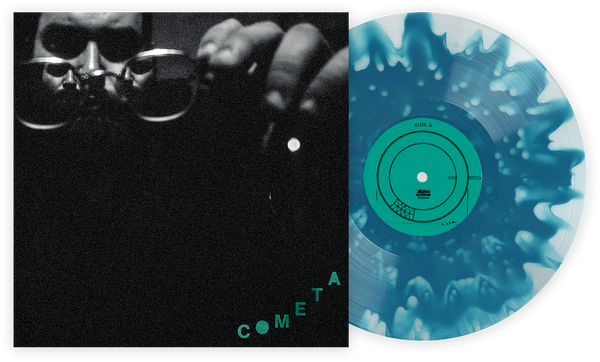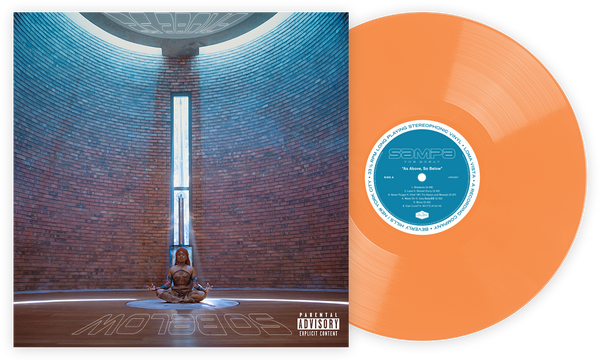Many of us at one time or another will have used or paraphrased John Peel’s “life has surface noise” quote when talking about vinyl replay. If you are a measurement junkie (and there’s no shame in that), it is an indisputable fact that vinyl has higher levels of noise when most digital rivals. This does not mean however that the default state of a record player is one of high levels of background hum and unwanted background noise. Done right, vinyl playback can be startlingly quiet, so what are the steps you take to achieve this?
Every record player, from the most inexpensive all the way through to a $100,000 temple of analogue, is a series of critical connections between the components that allow it to work. The amount of leeway you have in accessing these connections will vary but as a general rule of thumb, if you have no means of accessing it, it will be less likely to be a source of unwanted noise. For the purposes of this piece, if it can’t be simply checked on your player, move on to a point where you can. If there is hum or interference when the input your turntable is connected to when you are not playing a record, there is a logical progression of places you need to check to eliminate it.
First up, you need to check the power supply to the player. As the amount of power needed to make a platter spin is not that high, many players use a ‘wall wart’ style supply and usually this works very well. Where hum and noise can creep in is via devices plugged in close by and then how the player grounds. In terms of other devices, if you have a background hum and there are devices like phone chargers, Ethernet over mains devices and high voltage items like storage heaters or the like plugged in nearby, is there any difference achieved by unplugging them briefly. Most turntables are pretty resistant to mains interference but as it is so simple to check, you might as well do so.
Next up is the way that the turntable grounds. If you have a hum that comes and goes depending on whether you are touching any part of the player at the time, this is a prime candidate. Most wall wart style supplies are two wire electrical devices. In order for the turntable to ground correctly, there is a tacit assumption that it will be connected to a product that does have a dedicated ground- and for the most part, this is true. In the event that this is not the case, you might find that this causes a hum. If this is the case, your best bet is to move the location of the turntable’s ground wire. In some cases disconnecting it and leaving it that way can help but more usually see if connecting it to another point- either another audio device or something like a radiator works better.
In extreme cases, a mains plug wired only with a earth/ground wire can be connected to the earth output of the turntable and connected next to the mains plug powering it which is usually completely effective. For the avoidance of all doubt- this is as far as your investigation with mains electricity should go. Mains voltages are potentially lethal and all mains wiring should be left well alone unless you are a trained professional.
Next, the pointy end. Have a look at your stylus and cartridge. If you have a cartridge where the stylus can be removed and changed, is it securely fixed to the body of the cartridge? Any slack in this connection might lead to grounding issues and unwanted noise. Moving back from the stylus, have a look at the tags that connect the cables in your arm to the cartridge. Are any of these loose? If so, this is a prime cause of unwanted hum in particular. You also need to check that no exposed cables are touching one another on their way to being connected to the tags. A final detail to check is if you have just changed or fitted a cartridge, are the connections correct? This might sound patronising but not every cartridge has its tags arranged in the same way and some models- naming no names- don’t label this terribly well either.
Moving back down the arm, the next area to check is the cable between the amp and the phono preamp. If this is a separate cable, are the connections made correctly and to the right locations? Once again, this might sound patronising but given the bulk of connecting up is done with us leaning over the top of things, squinting at upside down writing, mistakes will happen. If you have a turntable with a built in preamp, make sure you haven’t ‘doubled up’ by connecting it to a second phono stage in your amplifier- this will inevitably sound terrible. This also means if you are seeking to upgrade the performance of a turntable by using a better preamp, make sure the old built in one is switched out of the system.
If you have a phono preamp with adjustable gain settings, the general rule of thumb is to use the least amount of gain you can get away with. Each increase in gain will introduce more potential for noise in the system. If in doubt, run some tests using lower gain on your preamp and higher volume levels on your amp and vice versa to see what works best for you. As has been noted in the past, the job of a phono preamp is seriously challenging and giving it the easiest job you can will usually make the system quieter. Better preamps will improve the signal to noise ratio and improve things further.
Finally, there are parts of your system not specific to the turntable that will benefit from checks. Your interconnects and speaker cable don’t need to cost a fortune but do need to make a nice, tight connection to the sockets you are using them on and if the cable is shielded, it will help reduce interference from the outside world. If you can, try and avoid crossing mains and signal cables over as this can cause unwanted noise. Finally, equipment can develop unwanted noise as it gets older and components wear out. If you have an ‘experienced’ amplifier, this can often be a principle cause of unwanted noise in a system. The easy way to check this is if a noise is consistent across all inputs and not specific to your turntable, it is highly unlikely to be the turntable that causes it.
Ultimately, this might all sound a bit joyless but it takes much less time to check than it did to write and there is a good chance that if you do have background hum and noise in your system, it can be cured without having to spend any money. Having done so, you can experience playback that digs out details you might not have heard before and you can experience the music as the artist intended.
Ed is a UK based journalist and consultant in the HiFi industry. He has an unhealthy obsession with nineties electronica and is skilled at removing plastic toys from speakers.
Join the Club!
Join Now, Starting at $44Exclusive 15% Off for Teachers, Students, Military members, Healthcare professionals & First Responders - Get Verified!








